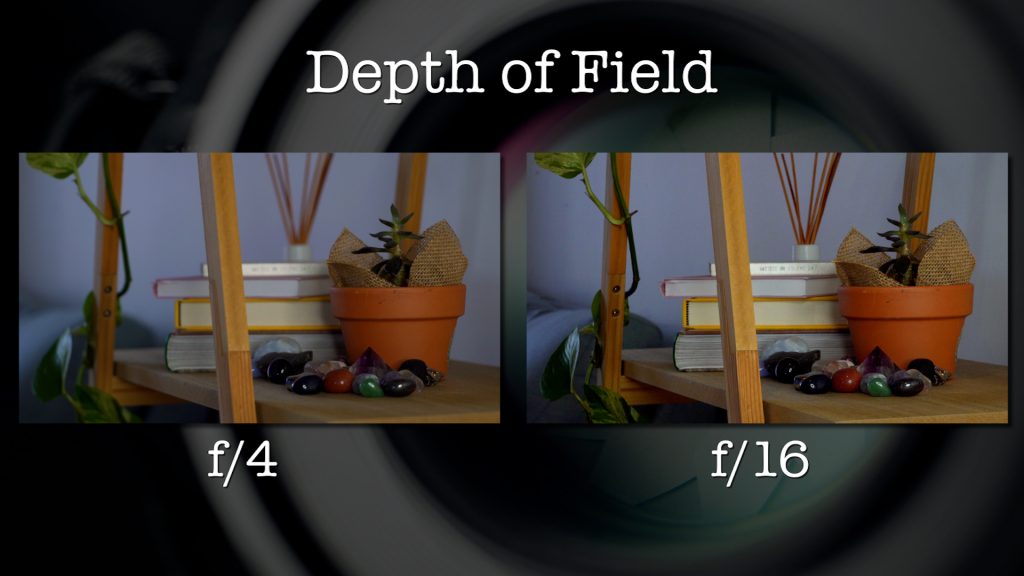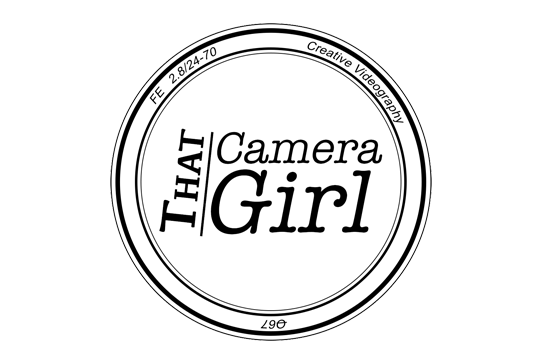Today we’re looking at the second component of the exposure triangle which is aperture. If you missed part one which talks all about shutter speed you can check it out here.
Without further ado, let’s jump in and talk about aperture.
The aperture controls how much light enters the camera through the iris, which are the blades inside the lens. The smaller the aperture, or smaller the hole created by these blades, the less light can hit the camera sensor and the darker your image will be. The bigger the aperture, the more light can come through, making your image brighter.
Aperture is measured and displayed on your camera in f-stops (focal-stops). The lower the f-stop, the wider the hole through the blades and the more light can pass through the lens onto the camera sensor.
With your shutter speed locked in to double that of your frame rate, you can use the f-stop to control how bright your image is.
Here comes the catch, the f-stop also controls the depth of field; this is how much of your image is in focus.

Having a blurry background can make your shots look really cinematic. If you are filming piece-to-cameras, having your subject in crisp focus and the background soft can give your video a very professional look.
Filming close-ups for B-roll is another great time to utilise shallow depth of field, and take the viewer’s eye right into the detail.
It can be easy to get caught in the trap of always shooting with the lens wide open to get those super shallow shots. It looks really cinematic when used in the right scenario, but there are times when you want to close down your f-stop and see the full scene.
Shooting landscapes, for example, you want to have as much of the scene in focus as you can so you can give your audience the full picture.
A creative way you can use a high f-stop is filming lens flares. Now, lens flares have a lot of potential to look really good and add a fun element to your video. They can also look really bad if they aren’t used in the right context.
The more you close down your iris, the more star-like your lens flare will be. If you want to experiment with creating lens flares, try to find a purpose for the shot. Pan out from behind a tree or film through something in the foreground to give the lens flare more meaning, rather than filming it for the sake of filming it.
I hope you have fun experimenting with aperture in your own filming, and I can’t wait to see what you create.
Please leave your questions in the comments below so I can answer for you. Until next time, happy creating!
